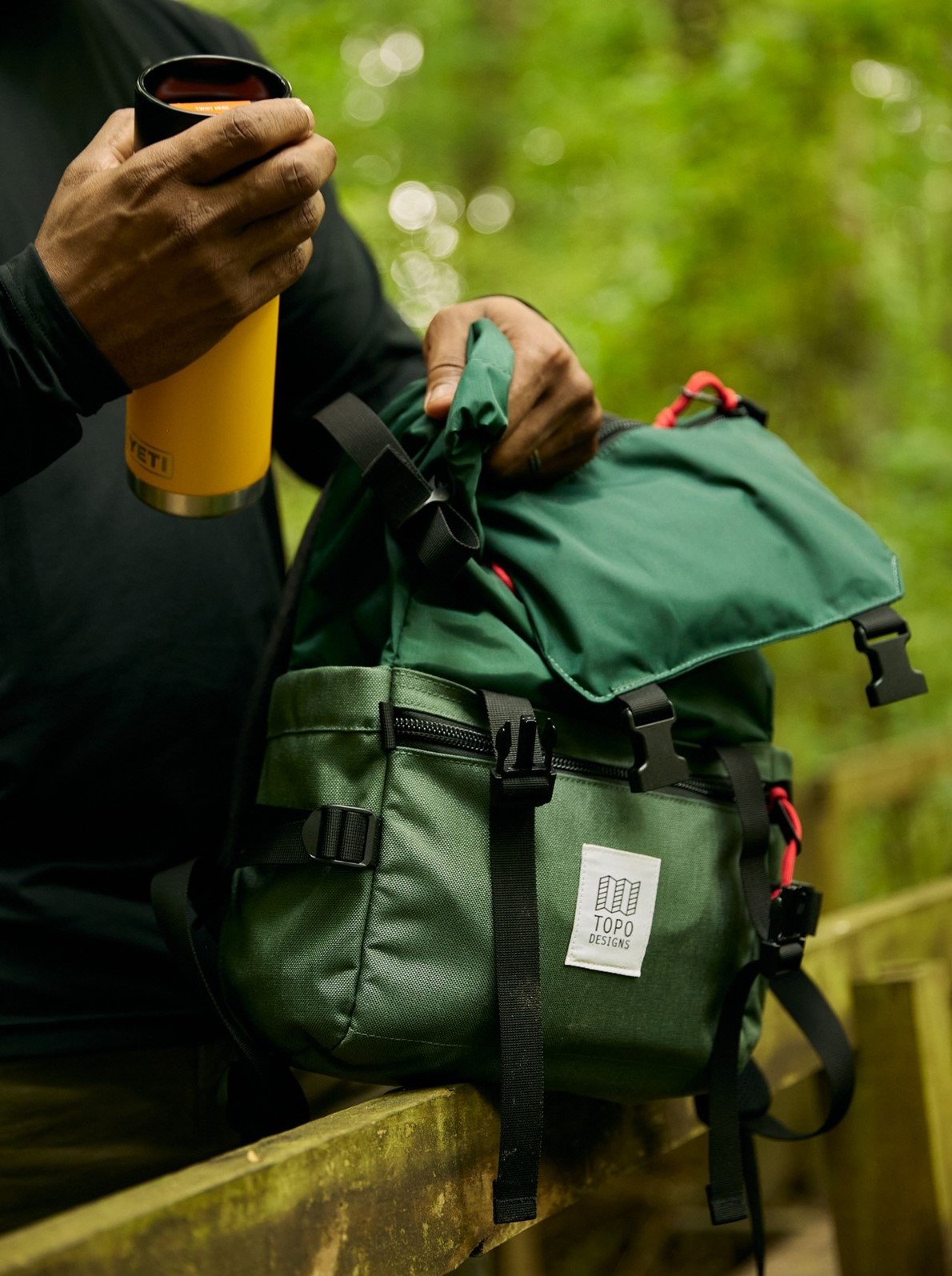Hiking is hot right now. From 2018 to 2021, the number of
Americans hitting the trails ballooned to 59 million from around 48 million,
according to the nonprofit Outdoor Foundation.
اضافة اعلان
For Alyson Chun, an outdoors guide and assistant director of
adventure sports at Stanford, hiking offers freedom and perspective. She said
it helped her reconnect with “the grandness of the world” whenever she felt
bogged down by daily life.
But for those of us who haven’t spent serious time outdoors
since summer camp, a half-day hike can feel daunting. What happens if you lose
cell service? How can you avoid getting lost or injured? And do you really need
special hiking shoes? We asked the experts for help.
The benefits of a hike
Hiking offers all the cardiovascular benefits of walking,
but the uneven terrain does more to strengthen the leg and core muscles, which
in turn boosts balance and stability, said Alicia Filley, a physical therapist
outside Houston who helps train clients for outdoor excursions. It also
generally burns more calories than walking.
These benefits multiply when trails increase in elevation.
If you want to build upper-body strength, Filley said, you can wear a weighted
backpack and use trekking poles.
Spending time in nature and having experiences that inspire
awe can also lower stress and anxiety. One small 2015 study found that people
who walked in nature for 90 minutes were less likely to negatively ruminate
about themselves — a risk factor for depression — than those who walked in an
urban environment.
The conversational pace of hiking also makes it an ideal
form of group fitness, said Wesley Trimble, a spokesperson for American Hiking
Society. Trimble, who has a mild form of cerebral palsy, hiked the 4264
kilometer Pacific Crest Trail in 2014.
If you’re exploring a new trail or region, consider meeting
up with a local hiking club to learn the lay of the land. Several groups for
specific communities have flourished over the past few years, like Outdoor
Afro, Latino Outdoors, Disabled Hikers, and Hike It Baby, a group for parents
of young children.
How to get started
Training for a hike If you’re relatively active, you’re
probably already training just by going for walks. “It can be as simple as
heading out the door and walking for 40 minutes to an hour and to build up
strength and endurance,” said Lee Welton, a personal trainer in Idaho Falls, Idaho.
 A hiking backpack on a
trail in Marietta, Ga., May 19, 2023. Before taking a backpack into the woods,
load it up with 15 pounds or so at home and wear it around to be sure it
doesn’t put too much weight on your shoulders or flop around.
A hiking backpack on a
trail in Marietta, Ga., May 19, 2023. Before taking a backpack into the woods,
load it up with 15 pounds or so at home and wear it around to be sure it
doesn’t put too much weight on your shoulders or flop around.
To train for steeper terrain, walk up hills, shift your
treadmill to an incline or take the stairs. Welton also recommended simple
leg-conditioning exercises before and between hikes, including calf raises, toe
lifts, squats and single-leg exercises such as lunges.
Finding trails
Picking the right trail can mean the difference between a
pleasant workout and a miserable slog.
AllTrails and Hiking Project are databases compiled by
experts and regular hikers alike that color-coordinate trails based on difficulty.
Apps like those also allow you to download or print trail maps, in case cell
service is spotty.
When choosing a hike, note its average elevation gain per
mile and use the maps and profile tool to see whether the uphill is gradual or
more abrupt. “There might be a short, steep section of the trail, and the rest
of it’s fairly easy to moderate,” Welton said.
A good starter hike might have between 100 and 300 meters of
elevation gain per kilometer, he added. “Anything over 152 meters gain per
kilometer is considered difficult.”
If you’re attempting something harder, look for a trail with
multiple routes back, in case you need to scale back your plan. Read about the
trail’s length and terrain to estimate how long it will take (or use an online
calculator). Remember to add rest stops and consider how weather might be a
factor.
Packing the right gear
The key to a relaxed hike is being as prepared as possible
for the unknown, whether it’s a sudden downpour or a twisted ankle. Every hiker
should bring the 10 essentials, which include food and drink, first aid
supplies, a map and compass, and rain gear — all inside a supportive backpack
with thick shoulder straps and a waist belt.
But the most essential gear is footwear, Trimble said,
because “your feet are literally your foundation.” You don’t need to invest in
special hiking shoes, but you do need shoes that offer stability, protection
and traction, especially if the trail is rocky, steep or muddy.
“Good shoes and hiking poles offer extra stability,” Filley
said.
Staying safe
Hiking carries some risks, but a few simple precautions can
help to ensure you get back safely. If you’re a new hiker, go with a friend or
a local group until you’re more experienced, Trimble said.
Tell at least one person where you’ll be and check in
afterward, Chun said. Leave a note on your car dashboard with your route so if
you’re not back by sunset, rangers will know where to find you.
Finally, don’t push yourself too hard.
“Slow down, take in the scenery, listen to the birds,”
Welton said. “Just be present in nature.”
Read more Health
Jordan News






